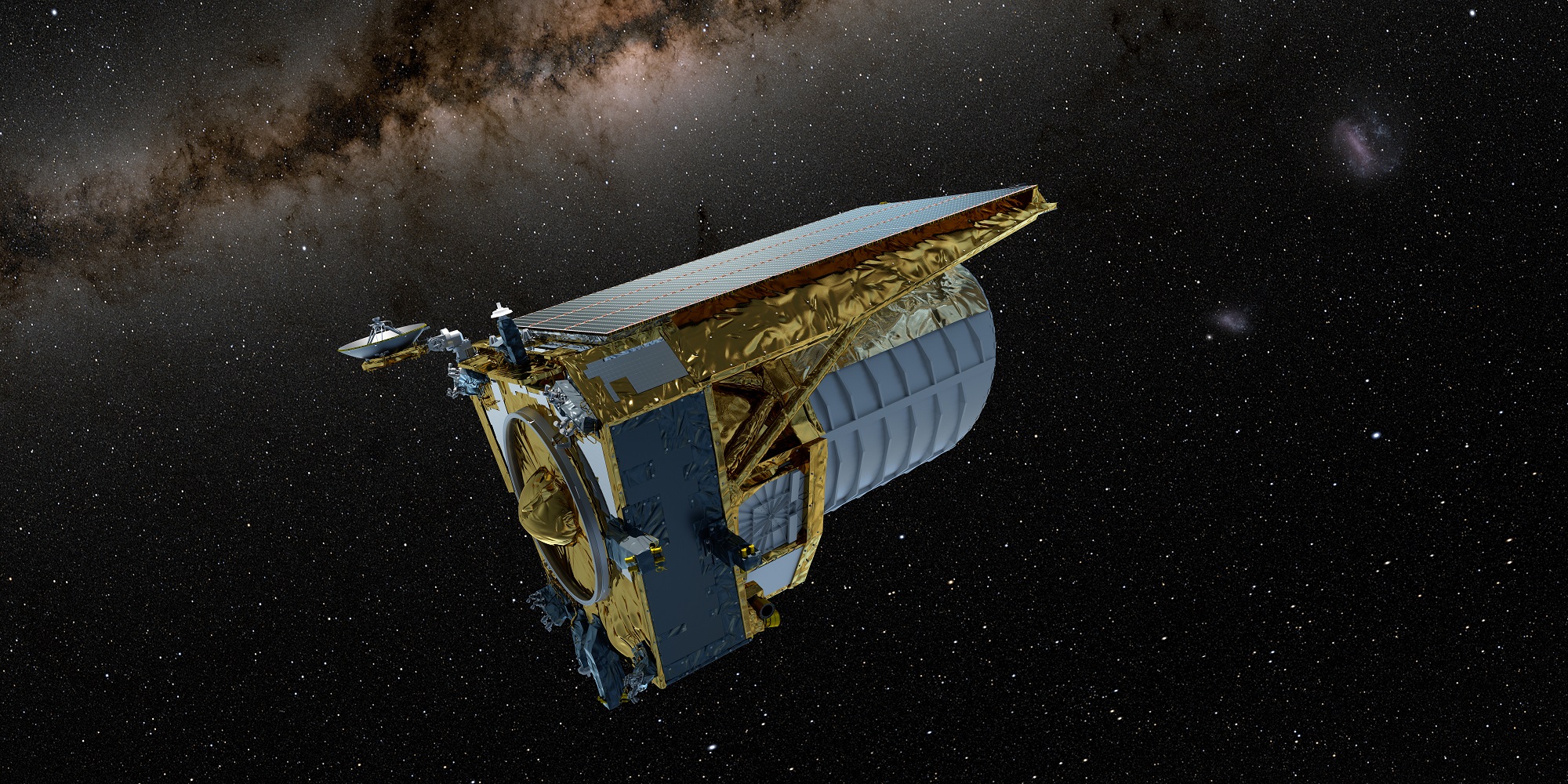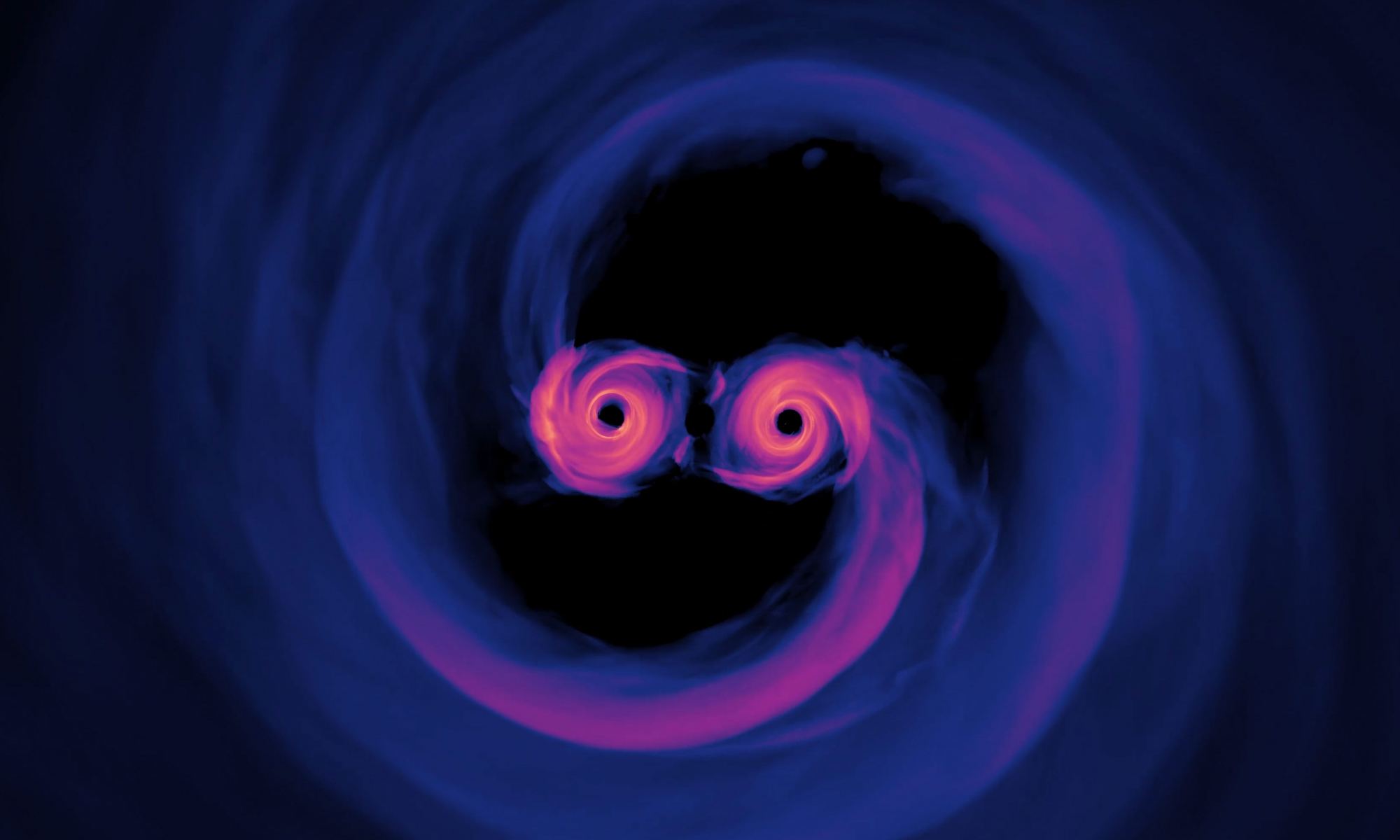For astronomers, the only thing better than new data is more new data. And we seem to be in a golden age of data gathering. We’ve gushed over the latest images from the James Webb Space Telescope and Hubble continues to make observations, but several new space telescopes are lesser known, such as Gaia, TESS, and Swift. And now a new space telescope enters the game, known as Euclid. Euclid is an infrared telescope launched last month by the European Space Agency (ESA). It took 11 years to design and build the telescope, and it has just taken test images with its two primary detectors.
Continue reading “Euclid Reaches L2, Shares its First Test Image”An Enormous Cosmological Simulation Wraps Up, Recreating Even More of the Universe

There’s an old joke among astronomy students about a question on the final exam for a cosmology class. It goes like this: “Describe the Universe and give three examples.” Well, a team of researchers in Germany, the U.S., and the UK took a giant leap toward giving at least one accurate example of the Universe.
Continue reading “An Enormous Cosmological Simulation Wraps Up, Recreating Even More of the Universe”Carbon-Based Molecules Seen Just a Billion Years After the Big Bang
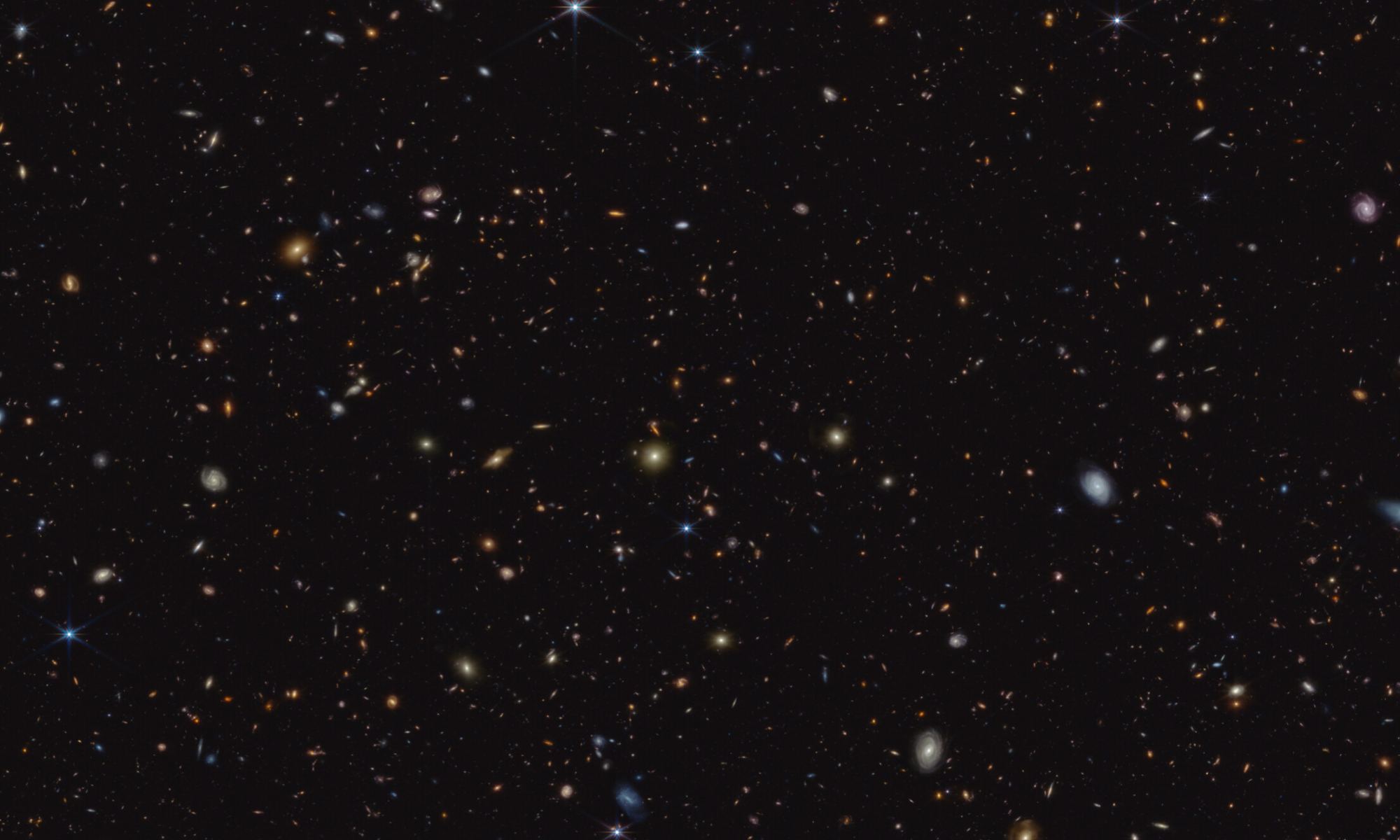
The more astronomers look at the early Universe, the more discoveries they make. Some of those finds change what they thought they knew about the infancy of the cosmos. For example, the James Webb Space Telescope (JWST) recently found evidence of carbon-based molecules and dust existing only a billion years after the Big Bang. It looks a bit different from the dust observed later in the Universe.
Continue reading “Carbon-Based Molecules Seen Just a Billion Years After the Big Bang”The Universe Could Be Twice As Old if Light is Tired and Physical Constants Change
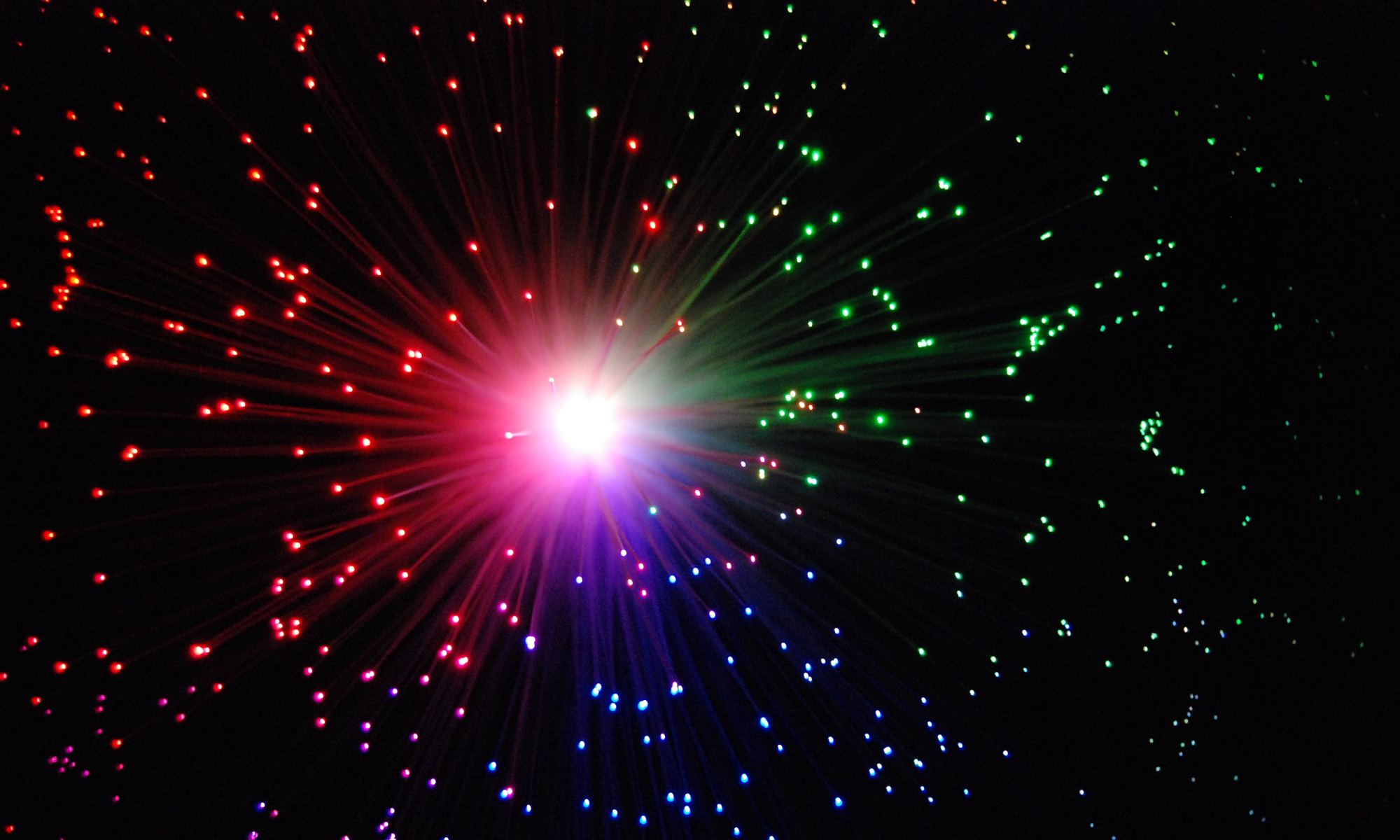
When the James Webb Space Telescope started collecting data, it gave us an unprecedented view of the distant cosmos. Faint, redshifted galaxies seen by Hubble as mere smudges of light were revealed as objects of structure and form. And astronomers were faced with a bit of a problem. Those earliest galaxies seemed too developed and too large to have formed within the accepted timeline of the universe. This triggered a flurry of articles claiming boldly that JWST had disproven the big bang. Now a new article in the Monthly Notices of the Royal Astronomical Society argues that the problem isn’t that galaxies are too developed, but rather that the universe is twice as old as we’ve thought. A whopping 26.7 billion years old to be exact. It’s a bold claim, but does the data really support it?
Continue reading “The Universe Could Be Twice As Old if Light is Tired and Physical Constants Change”Soar Past Thousands of Galaxies in the Early Universe in Thrilling 3D

Want to visit the most distant galaxy in the early Universe? Now you can via a fantastic visualization created from JWST observations of some of the most distant galaxies ever seen.
Continue reading “Soar Past Thousands of Galaxies in the Early Universe in Thrilling 3D”JWST Sees the Most Distant Active Supermassive Black Hole
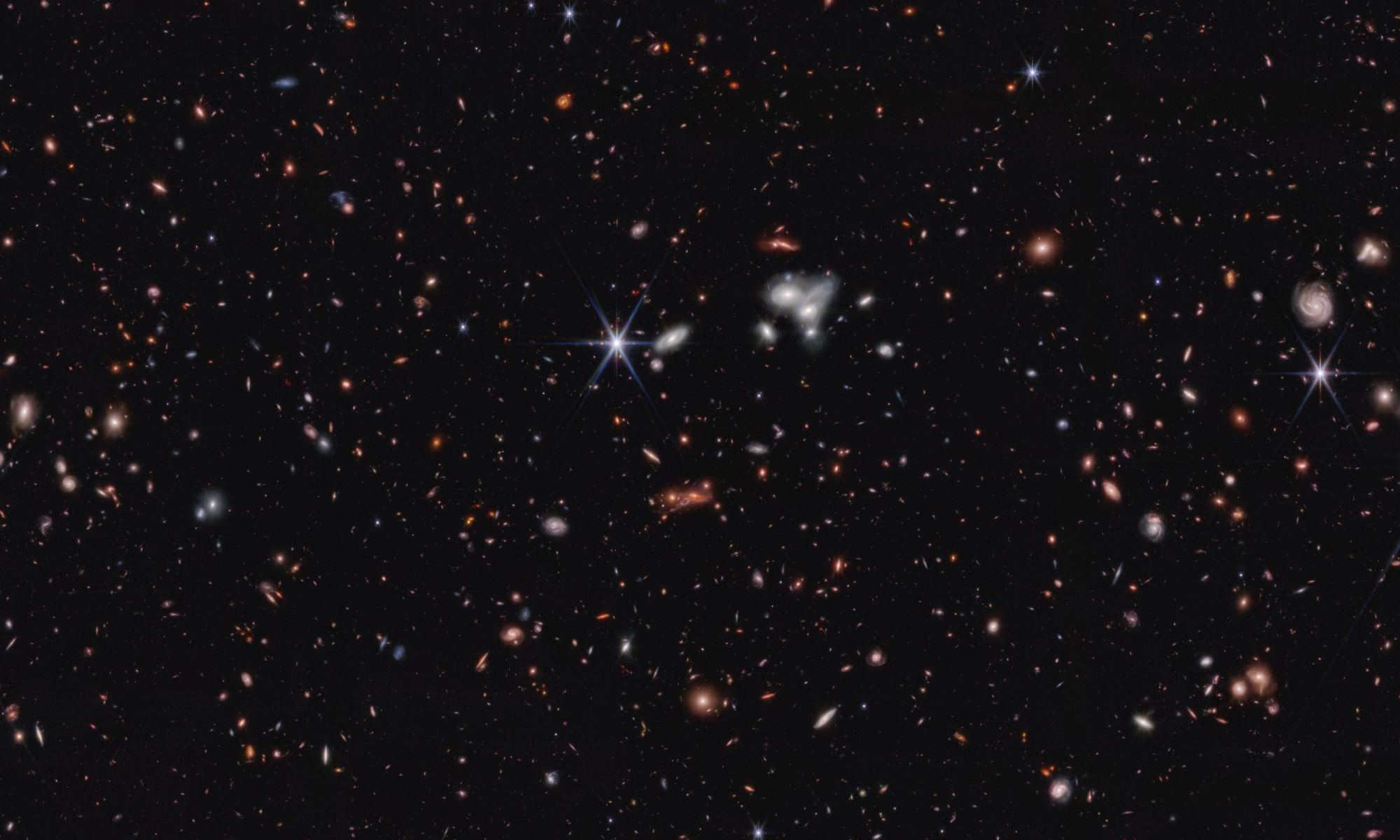
As astronomers push our views of the Universe further back in time, their telescopes keep uncovering surprises. That’s the case with a supermassive black hole in CEERS 1019, a distant very early galaxy.
Continue reading “JWST Sees the Most Distant Active Supermassive Black Hole”The Early Universe Ran in Slow Motion
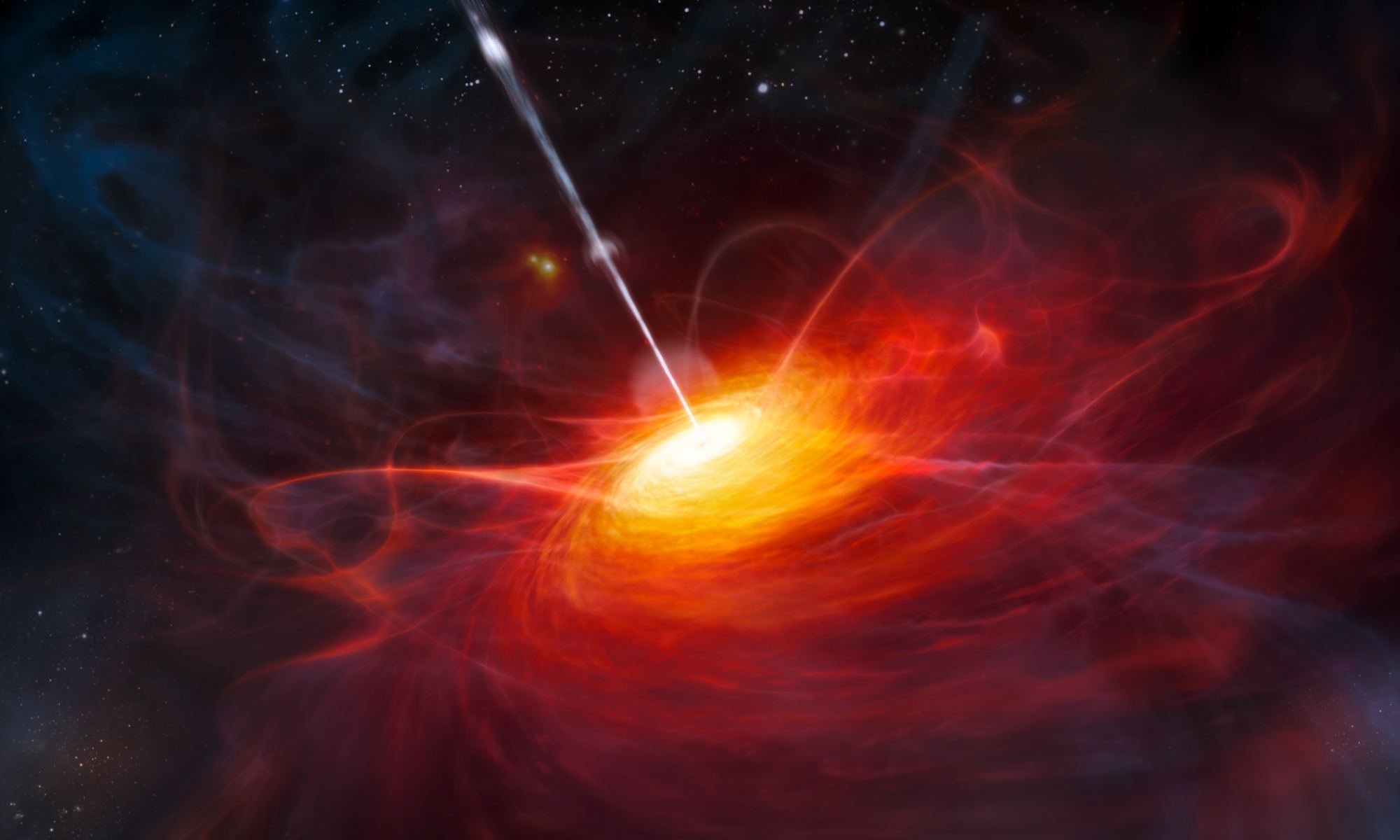
Time is relative, as they say, particularly for mid-day meals. As special relativity shows, the measure of any two clocks depends on their motion relative to each other. The greater their relative speed, the slower each clock is relative to each other. So, since we see distant galaxies speeding away from us, we should also see time move more slowly. Right?
Continue reading “The Early Universe Ran in Slow Motion”ESA's Euclid Mission is Off to Explore the Dark Universe
On Saturday, July 1st (Canada Day!), the ESA’s Euclid space telescope lifted off from Cape Canaveral in Florida. This next-generation astrophysics mission will spend the next few weeks flying to the Earth-Sun L2 Lagrange Point, where it will spend the next six years observing one-third of the sky. During that time, Euclid will observe billions of galaxies to a distance of 10 billion light-years, leading to the most extensive 3D map of the Universe ever created. This map will help astronomers and cosmologists resolve the lingering mystery of Dark Matter and Dark Energy (DM & DE).
Continue reading “ESA's Euclid Mission is Off to Explore the Dark Universe”James Webb is a GO for Cycle 2 Observations!

The James Webb Space Telescope (JWST) has accomplished some amazing things during its first year of operations! In addition to taking the most detailed and breathtaking images ever of iconic celestial objects, Webb completed its first deep field campaign, turned its infrared optics on Mars and Jupiter, obtained spectra directly from an exoplanet’s atmosphere, blocked out the light of a star to reveal the debris disk orbiting it, detected its first exoplanet, and spotted some of the earliest galaxies in the Universe – those that existed at Cosmic Dawn.
Well, buckle up! The Space Telescope Science Institute (STScI) has just announced what Webb will be studying during its second year of operations – aka. Cycle 2! According to a recent STScI statement, approximately 5,000 hours of prime time and 1,215 hours of parallel time were awarded to General Observer (GO) programs. The programs allotted observation time range from studies of the Solar System and exoplanets to the interstellar and intergalactic medium, from supermassive black holes and quasars to the large-scale structure of the Universe.
Continue reading “James Webb is a GO for Cycle 2 Observations!”Gravitational Waves Can Be Gravitationally Lensed, and This Could Provide Another Way to Measure the Expansion of the Universe
Gravitational waves don’t travel through space and time. They are ripples in the fabric of spacetime itself. This is why they are so difficult to detect. We can only observe them by closely watching how objects bent and stretched within spacetime. But despite their oddness, gravitational waves behave in many of the same ways as light, and astronomers can use that fact to study cosmic expansion.
Continue reading “Gravitational Waves Can Be Gravitationally Lensed, and This Could Provide Another Way to Measure the Expansion of the Universe”

